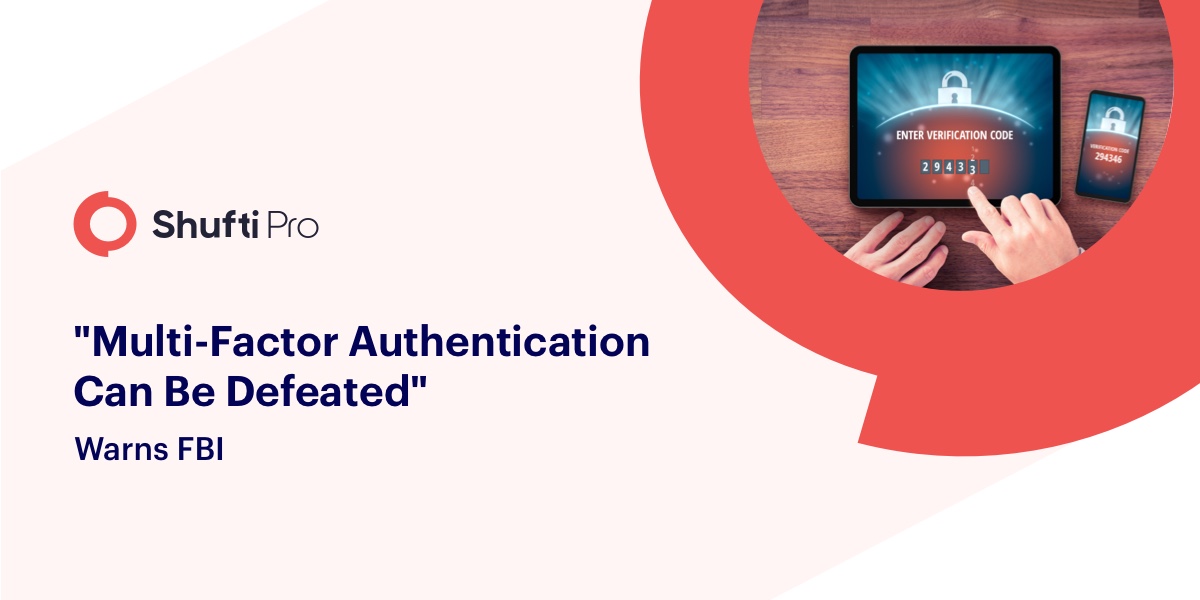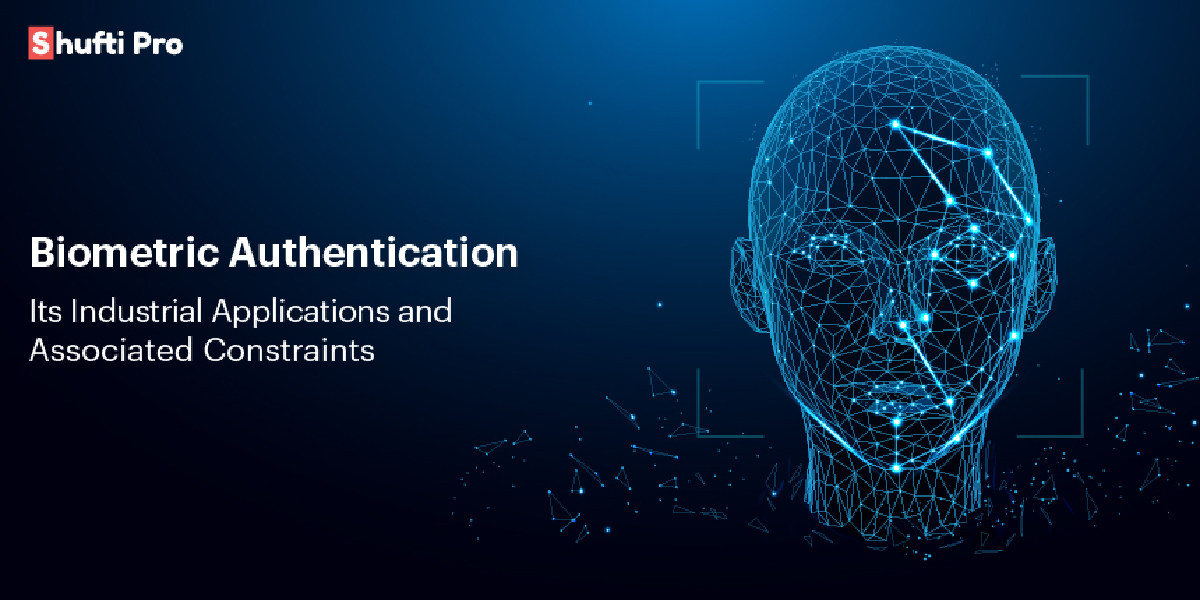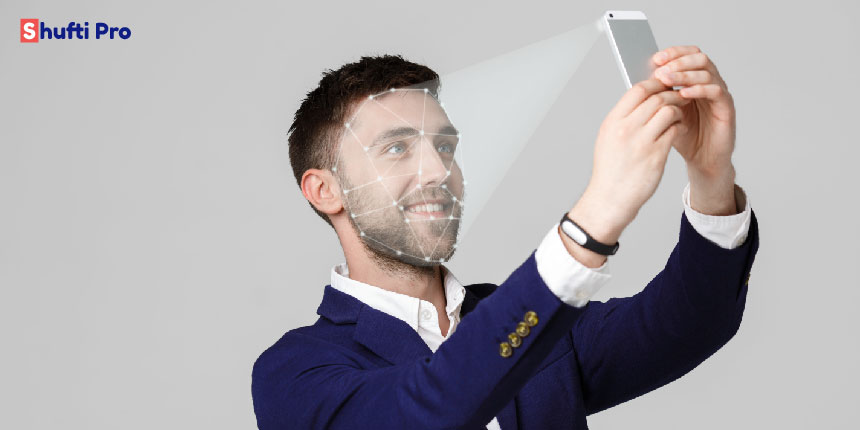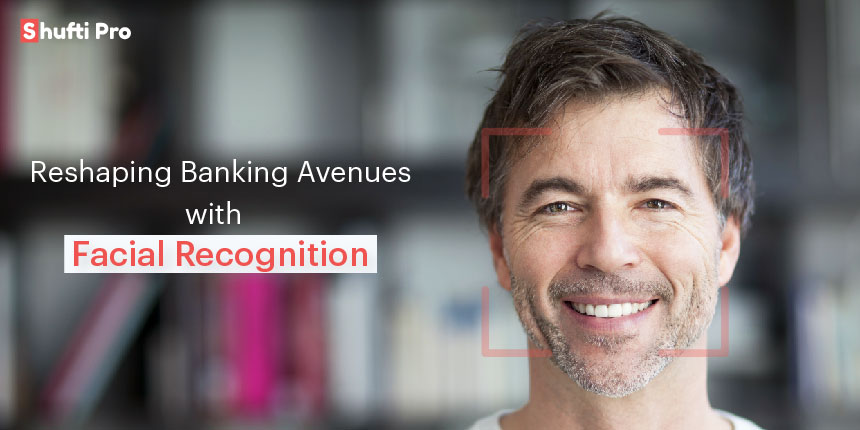4 Reasons why Facial Recognition is Better at Biometric Verification than Fingerprint Scans
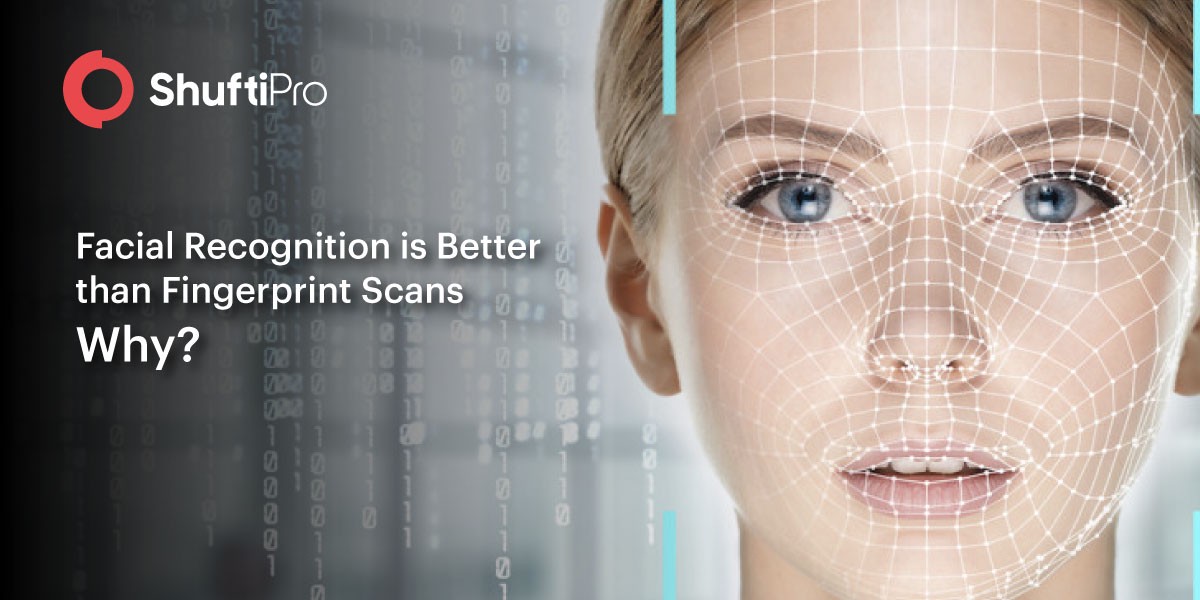
Biometric verification is smartphones was introduced nearly five years ago when iPhone launched its fingerprint scanner in 2013. At the time the technology seemed like a thing from the future, and everyone eventually rushed to follow pursuit. It was one of the things about the iPhone that was negligibly scrutinised. Now, five years later, it seems like a necessary security feature for smartphones. Fast forward four years and iPhone X beats everyone to the punch on Facial Recognition.
The Face ID feature in iPhone eliminated the need for a fingerprint scanner, enabling users to unlock their phone without doing anything. Now nearly every new smartphone in the market has a face recognition feature. Although the race is not about face recognition vs fingerprint scanners, it does seem appropriate to discuss the pros and cons of the two methods for biometric verifications.
Fingerprint Scanner – A thing of the Past?
It is no rocket science that fingerprint scanners use a person’s fingerprints to grant them access to their phones. However, like every technology, the fingerprint sensors have their advantages and disadvantages. On the plus side fingerprint scanners are easy to use and saves users the trouble of remembering a password. Fingerprints are unique for everyone and are hard to deceive.
On the downside though, the accuracy of a person’s fingerprints is reduced when someone gets dirt or grease on their fingers or the scanner. The scanner is unable to read the fingerprint in such situations unless you clean your fingers or the scanner (or both). The cost of fingerprint technology is considerably higher as it requires both unique hardware and software. Most mobile manufacturers who are not Apple or Samsung are unable to afford the added technology. Moreover, a person has to actually have physical contact with their phones in order to unlock their phones through fingerprint tech. Not to mention the fact that not everyone can have a fingerprint, or may lose them due to an accident.
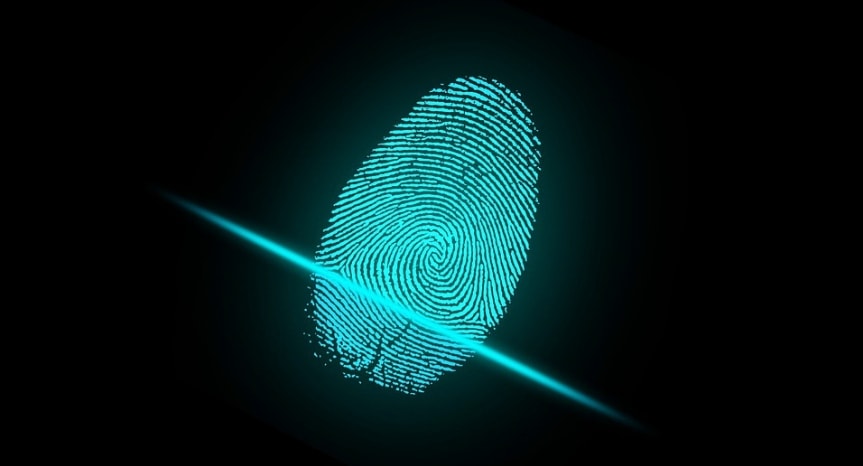
Facial Recognition the Future of Biometrics
Facial recognition software is relatively new in smartphones as compared to fingerprint scanning. The software uses flood illuminator technology to identify 80 nodal points on your face and stores the unique features of a person’s face to store it as a face print. Every time you reach for your phone the camera identifies your faceprint and unlocks the phone, and that is it.
Facial Recognition Pros and Cons
- One of the major advantages is safety and security.
- Facial recognition offers a quick, automatic, and seamless verification experience.
- Seamless integration since there’s no requirement of specific hardware, simple mobile or webcam is enough.
- Facial recognition is quite convenient, as simple as taking a selfie.
On the other hand, facial recognition does have some cons as well which includes:
- People believe this technology is a threat to an individual’s privacy.
- The recognition isn’t quite effective if people change their appearance.
- The storage of sensitive data is a potential risk since it can be breached.
There are numerous advantages to Facial Recognition technology, the least of which is its sleekness. Some of the reasons facial verification is better at biometric verifications than fingerprint scanners will be discussed here;
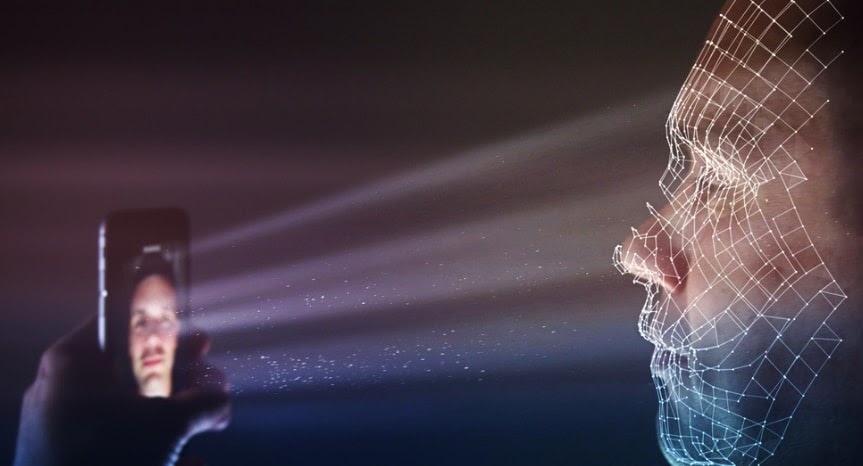
Affordable
Unlike fingerprint scanners, facial verification requires no foreign or additional hardware to install onto a person’s phone. Normal smartphone cameras work just fine with the technology. The phone doesn’t have to have a high-end camera There are hardly any smartphones these days without a front camera. Therefore, all a mobile phone company has to do is invest in a facial recognition software.
Remote Verification is Possible
The facial verification feature in phones, tablets and PCs allows for remote verification. In that, it only requires you to show your face in front of the camera and the scanner will do its work to unlock your device. You do not have to pick up your device or do anything for that matter.
Ease of Use
On most devices with a facial recognition feature, the face verification can take place seamlessly. It is fast, effortless and efficient. It has been a breakthrough in biometric authentication. Analysts say that the ease with which face verification grants people access to their devices makes the thought factor behind the whole process vanish. That is, when you get used to the tech, you pick up your phone and you swipe up without much thought. This tech is also easily integrated into authenticating apps and passwords with ease. They are superior in every device and are simpler than
Security
A lot of arguments have been raised about the issue of security with the facial verification feature in devices. However, in many ways, the facial id feature in devices only increases the level of security without compromising it. Facial Id verification has a high acceptability rate than fingerprints. They are also universal in nature as every person has facial features but not everyone has fingerprints. Moreover, when it comes to the tradeoff between ease of use and security. Facial id eliminates this tradeoff.
Facial Recognition is fast and secure. It allows many businesses to verify their customers within seconds and can eliminate the threat of identity fraud. Shufti is providing biometric identification through a seamless facial recognition software. Through its 3D depth perception and liveness detection, the software eliminates any risks of spoof attacks. It is next to impossible to defraud it as it sees past any attempts to do so.




